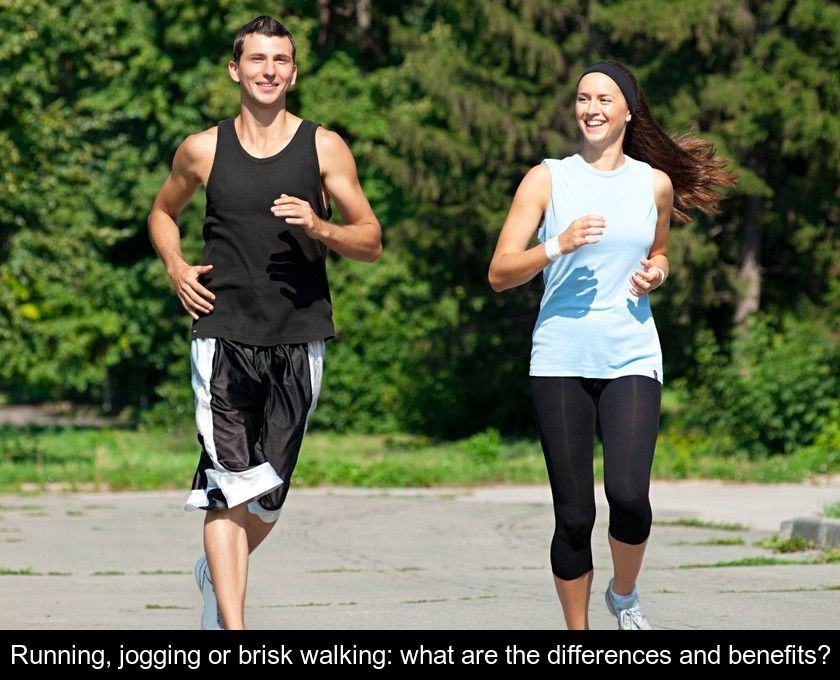Running, Jogging Or Brisk Walking: What Are The Differences And Benefits?
Walking and running are among the most accessible physical activities for the general public. However, there are nuances between running, jogging, and brisk walking. I suggest we take a look at the differences and benefits of these various disciplines.
Running vs jogging: a matter of pace
If you think that running and jogging are the same because both involve running, you need to refine your vocabulary a bit.
The main difference between these two physical activities lies in the pace, meaning the running speed one adopts. While runners seek performance, joggers run primarily for pleasure, at a more moderate pace.
The former train to improve their times or to prepare for a physical challenge like a marathon or a half-marathon, whereas the latter do not necessarily aim to step out of their comfort zone. When jogging, you should feel your heart rate increase but you should still be able to talk while running.
Jogging vs fast walking: additional benefits
Since joggers don't run "full out" and don't push their limits, you might wonder if jogging really has an advantage over brisk walking. The answer is yes.
Walking fast or running slowly share certain health benefits. Both activities allow:
• burning calories and maintaining your ideal weight.
• strengthening the muscles of the legs, thighs, and glutes.
• improving blood circulation, which is beneficial for cardiovascular health in general.
However, running even at a moderate pace has additional virtues. The benefits for joggers are related to the impacts of running:
• bone density is strengthened.
• joint mobility is better maintained and the risk of osteoarthritis decreases.
• blood and lymph circulation in the body is even more activated.
Note: if you don't want to choose between these two activities, you can also alternate walking and running. It is generally recommended to follow 5 minutes of running with 1 minute of walking 5 times, until reaching the recommended total of 30 minutes of physical activity.
Running vs brisk walking: two sports for different audiences
Contrary to popular belief, brisk walking is a real sport. It is even an endurance activity and an Olympic discipline!
What differentiates this activity from simply walking down the street is, once again, the pace. In "brisk" walking, it should be between 5 and 7 km/h. Thus, this discipline allows for a slight increase in heart rate and leads to slight breathlessness.
This form of walking is a good way to achieve the recommended 30 minutes of physical activity each day. But above all, it has the great advantage of being a moderate-intensity activity. It is therefore accessible to a wide audience, including overweight people, pregnant women, and athletes who are resuming physical activity after an injury.
Note: these people can also practice walking on a treadmill and be inspired by the very popular 12-5-30 method currently on social media. To learn more about this health method to practice indoors, you can consult our article on the subject (link opposite).
Conversely, running is aimed at people who are in full possession of their physical abilities. It is a more demanding sport that allows one to surpass oneself and improve cardiovascular health and life expectancy through more intense effort. To achieve their goals, runners generally adopt a healthy lifestyle like true athletes.
But be careful! Even if you are in excellent physical condition, you should not run every day! The right rhythm is to run every other day to give your body time to recover. The main disadvantage of this physical activity compared to jogging or brisk walking is that the risk of injury increases dramatically when subjected to too intensive training.
Remember that progressiveness is the key to avoiding injury. Be careful not to run too fast or too hard and consider integrating at least one muscle-strengthening session per week into your training.
Now that you understand the difference between brisk walking, jogging, and running, you can choose the most suitable physical activity for your level and needs with full knowledge. For health, the most important thing is to move every day, adapting the intensity of the effort to your own abilities.







